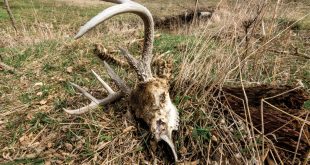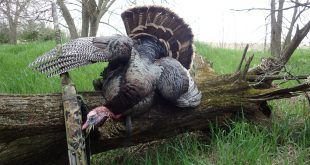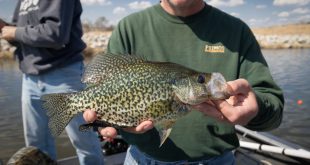The two-tier duck bag limit system allows hunters to choose a bag limit that doesn’t require them to accurately identify ducks on the wing.
Enlarge
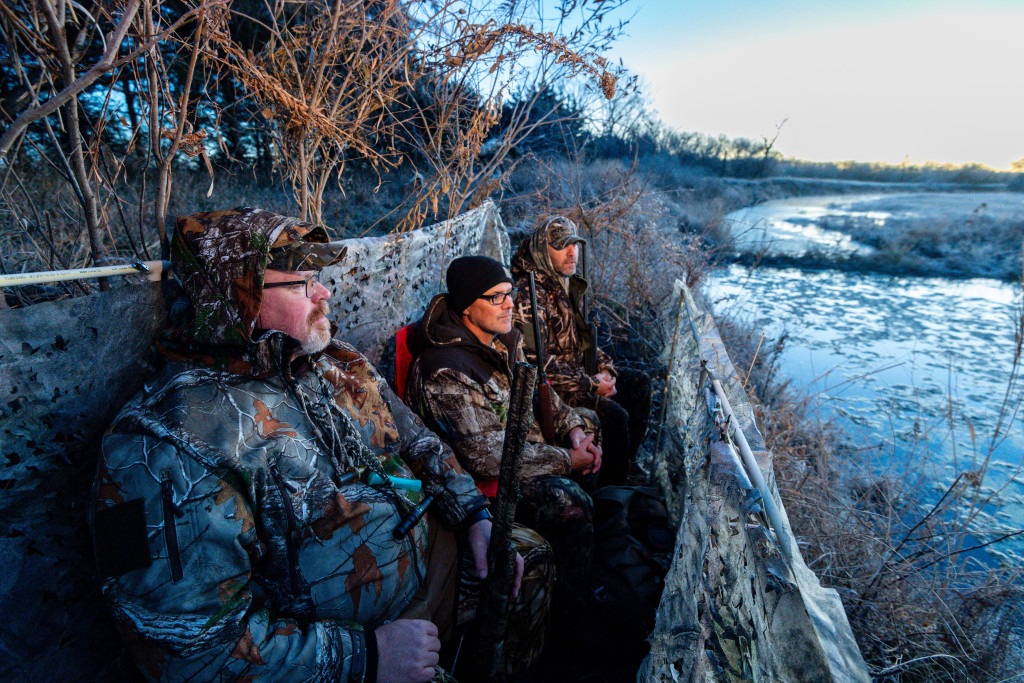
Photo by Eric Fowler, Nebraskaland Magazine
By Eric Fowler
Prior to 2021, Brandon Black had never hunted ducks. Rusty Rautenberg had, but only occasionally with family. Darin Hahne hadn’t since he was in college.
An invitation from a seasoned hunter convinced the trio, all of whom work at Elkhorn Valley Schools in Tilden, to get into, or back into, waterfowl hunting. Their hunt also coincided with the creation of a two-tier duck bag limit system, which hunters can choose a bag limit that doesn’t require them to accurately identify ducks on the wing, making it easy for them to strike out on their own.
“That helped a ton last year just because we didn’t have to worry about identifying everything at the beginning,” Hahne said during a hunt last fall.
Participation in waterfowl hunting declined by 52 percent in Nebraska and South Dakota from 1999 to 2019. In Nebraska, that amounted to 464 fewer hunters per year. The average age of a waterfowl hunter also continued to increase.
In an effort to stabilize or grow numbers, which in turn supports migratory birds and habitat, research identified three main barriers to waterfowl hunting: lack of places to go, complex regulations and difficulty identifying duck species in flight. The latter isn’t easy, especially early in the season in Nebraska, when many birds aren’t yet sporting their bright breeding plumage.
“If you’re out there a lot, you can see the difference in flight, shape and plumage patterns and color,” said John McKinney, waterfowl program manager with the Nebraska Game and Parks Commission. “But to a novice hunter, that’s just a brown duck coming in.”
Some people simply don’t want to chance shooting a duck they shouldn’t, so they don’t hunt at all. That led biologists in Nebraska and South Dakota to work with the U.S. Fish and Wildlife Service to develop the two-tier system in hopes of encouraging young hunters to try waterfowling and older ones to return. Prior to the season, when hunters register for the Harvest Information Program, required for anyone hunting ducks, geese, doves, coot, snipe, rail or woodcock, they can choose the tier that fits their ability or preference. Tier I hunters can harvest six ducks with certain species and sex restrictions. Tier II hunters can harvest three ducks without the restrictions.
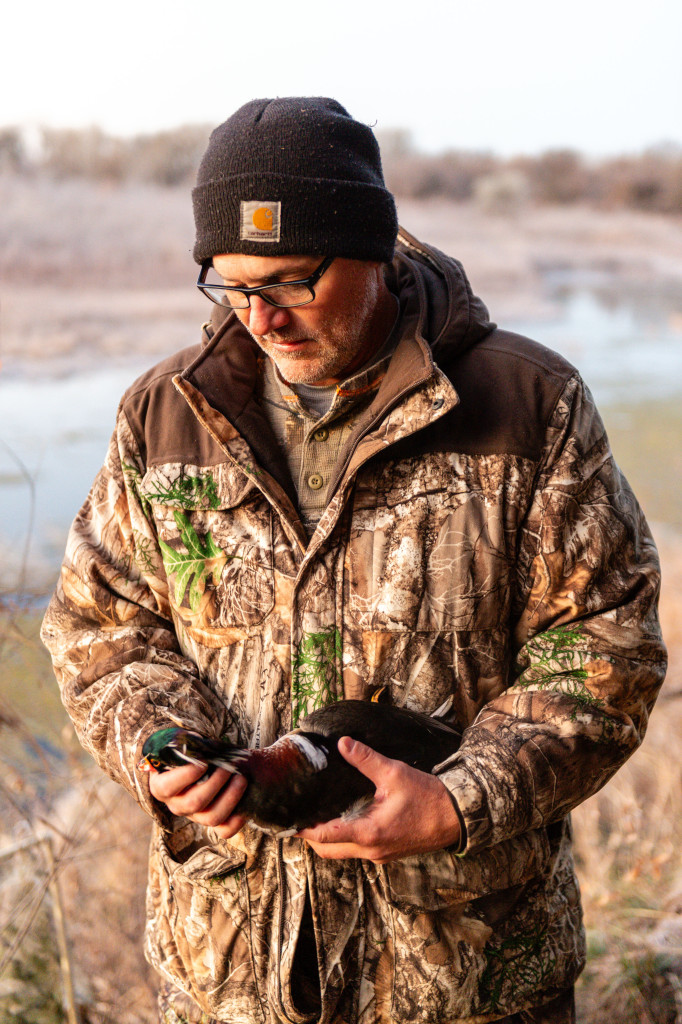
During the 2022-2023 duck season, the second for the four-year pilot program, 3,228 hunters, 12 percent of those who registered, chose the Tier II limit, which was higher than expected. According to surveys returned by selected participants, about 1,000 of those individuals actually hunted ducks, averaging 3.6 days in the field and harvesting 4.5 ducks for the entire season, about one-fourth of the harvest of the Tier I hunters.
As expected, 18- to 25-year-olds comprised the largest portion of Tier II participants, but they made up only 15 percent of the total. Participation was spread across all age groups, and the number of hunters 60 and older was a pleasant surprise, a fact that could be attributed to those hunters’ aging eyesight as much as their identification skills. The trio from Tilden are in their 40s and 50s, groups that were well represented.
“This was designed as a recruitment tool, but it might end up being more of a reactivation tool, where you have people who used to waterfowl hunt, but, for whatever reason, got out of it, and this is an easier way for them to come back in,” McKinney said.
How many new waterfowl hunters were added won’t be known until the numbers are crunched at the end of the four-year pilot program. But the numbers, as well as comments submitted by participants, show the system is indeed attracting new hunters to the sport, McKinney said.
The trio of educators from Tilden didn’t shoot a duck the year they signed up for Tier II. Similar to other hunters, warm weather and dry wetlands meant fewer ducks stopped in Nebraska, and they had minimal chances. But they learned a lot and did harvest a few geese, and last fall, opted for Tier 1 and the traditional bag limit.
“We just decided if that’s what it is, and if we’re going to go shoot one or two ducks, we didn’t feel like we were going to be at risk of shooting too many of the same species,” Black said.
“Plus, it gives us a reason to learn to identify ducks better,” Hahne added, adding another win to this two-tier program.
The Tiers
A pilot program that began in 2021 sought to grow the number of waterfowl hunters through the creation of two bag-limit categories, or “tiers,” which may be selected when duck hunters obtain their Harvest Information Program numbers.
Tier I
The first category, Tier I, is the traditional six-duck limit, including all species and sex requirements. The possession limit of three times the daily bag limit, or 18 ducks, will apply. Find the complete set of requirements in the current Small Game and Waterfowl Guide.
Tier II
The second category, or Tier II, is a three-duck limit with no species or sex restrictions. Hunters will be able to harvest three ducks of any legal species. The possession limit of three times the daily bag limit, or nine ducks, will apply. A HIP number will be required to choose this category.
 Nebraskaland Magazine
Nebraskaland Magazine
